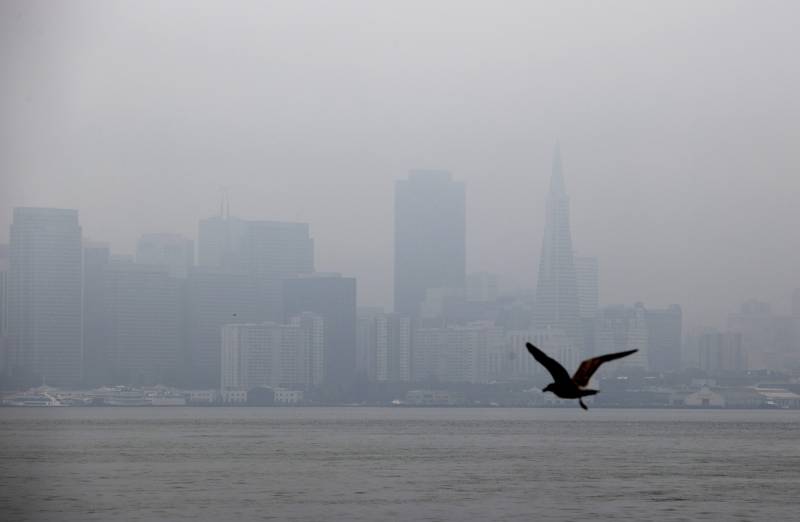Update, 9:30 a.m. Wednesday:
The Bay Area Air Quality Management District upgraded its air quality advisory Wednesday morning to a Spare the Air Alert, which is in effect through Thursday due to continued impacts from wildfire smoke blowing into the region.
The alert bans the burning of wood or any solid fuel, both indoors and outdoors. Air quality across much of the Bay Area has degraded to mostly ‘unhealthy for sensitive groups’ and ‘unhealthy’ Air Quality Index (AQI) levels, the air district said, urging residents — especially children and people with respiratory conditions — to limit outdoor exposure.
Explore an updated Bay Area air quality map.
Original story, 6 p.m. Tuesday:
Air quality across most of the Bay Area took a nosedive Tuesday afternoon as smoke from wildfires burning in the far northwestern quadrant of the state crept into the region.
Early Tuesday, the Bay Area Air Quality Management District issued an air quality advisory through Wednesday due to the smoke, and urged residents to remain cautious and limit their outdoor exposure.

